Name Masahisa Fukase Role Photographer | Died June 9, 2012, Japan Education Nihon University | |
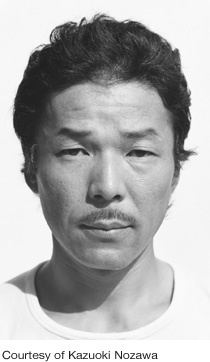 | ||
Books Chichi no kioku: Memories of father | ||
Masahisa fukase the solitude of ravens
Masahisa Fukase (深瀬 昌久, Fukase Masahisa, 25 February 1934 – 9 June 2012) was a Japanese photographer, celebrated for his work depicting his domestic life with his wife Yōko Wanibe and his regular visits to his parents' small-town photo studio in Hokkaido. He is best known for his 1986 book Karasu (Ravens or The Solitude of Ravens), which in 2010 was selected by the British Journal of Photography as the best photobook published between 1986 and 2009. Since his death in 2012 there has been a revival of interest in Fukase's photography, with new books and exhibitions appearing that emphasize the breadth and originality of his art.
Contents
- Masahisa fukase the solitude of ravens
- The solitude of ravens masahisa fukase
- Background and Kazoku family
- Early career and self representation
- Karasu Ravens
- 1992 accident and Bukubuku
- Death and after
- Selected exhibitions
- Books
- Selected photo essays
- References
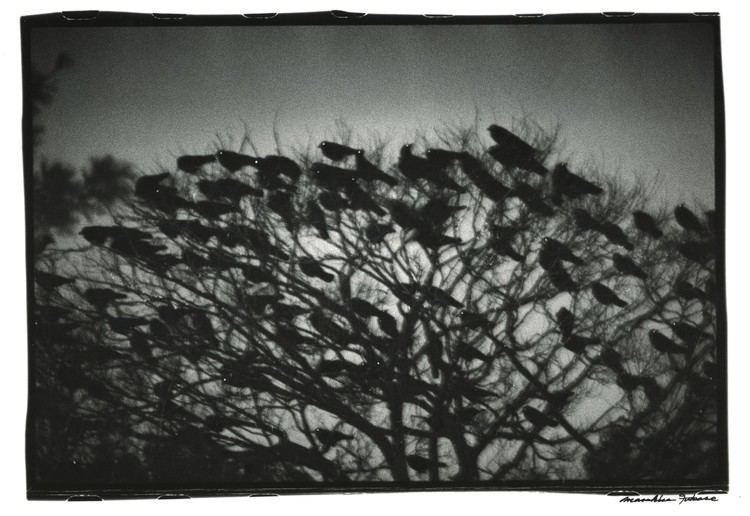
The solitude of ravens masahisa fukase
Background and Kazoku [family]

Masahisa Fukase was born on 25 February 1934 in Bifuka, Hokkaido. His family ran a successful photo studio in the small northern town. Despite permanently moving to Tokyo in the 1950s to pursue his education and then career, Fukase retained strong emotional ties to his birthplace and family. Throughout the 1970s and 1980s he returned regularly to Bifuka to make large-format family portraits, a project that was eventually published in the book Kazoku (Family) in 1991. This is the rarest of Fukase's photobooks.
Early career and self-representation
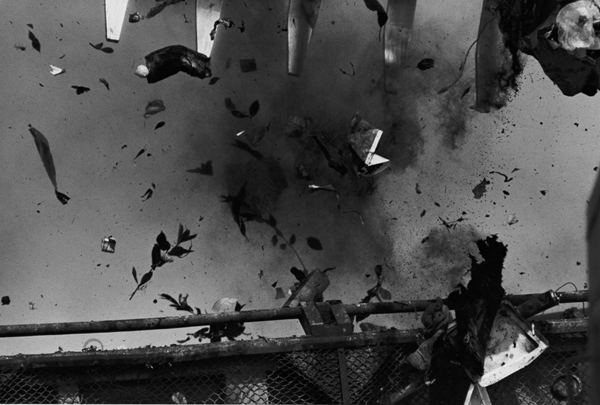
Among Fukase's earliest bodies of artistic work is Kill the Pigs of 1961, consisting of dark and often gruesome photographs made over the course of repeated visits to the Shibaura slaughterhouse in Tokyo. Subsequently he experimented with various journalistic and artistic styles, contributing dozens of photo essays to such magazines as Camera Mainichi, Asahi Camera, and Asahi Journal. His first photobook, Yūgi, was published in 1971 and includes numerous photographs of his first wife, Yukiyo Kawakami, and his second wife, Yōko Wanibe. Although the book was described at the time as a work of "self-representation", it contains no discernible photographs of Fukase himself. Accordingly, it can be considered the photographer's first attempt to describe his own passionate, self-indulgent, and sometimes violent life by indirect means. Fukase's next book, Yōko (1978), is a successor to the first in that it is another attempt to "show" his life through representations of a female 'other'.
Karasu [Ravens]
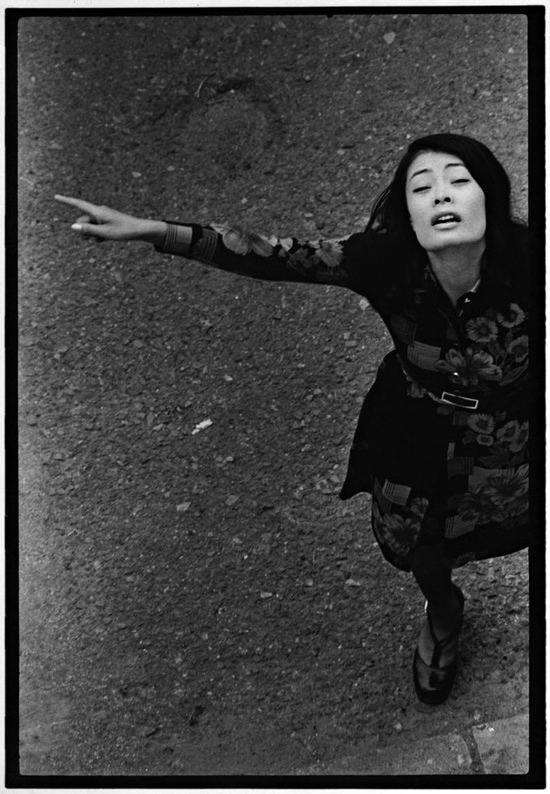
Fukase's Karasu (Ravens) was shot between 1976 and 1982 in the wake of his divorce from Yōko Wanibe, and during the early period of his marriage to the writer Rika Mikanagi. It extends his experimentation with oblique and metaphorical self-expression in the A Play photo essays of the early '70s – especially Natsu no nikki [Summer Journal] of December 1972 and Fuyu no nikki [Winter Journal] of June 1973. Indeed, Fukase's original title for the series was Tonpokuki or "Winter Journal". The photographs of ravens and other rather bleak subjects that constitute Karasu were taken in Hokkaido, Kanazawa, and Tokyo. The project originated as an eight-part series for the magazine Camera Mainichi (1976–82), and these photo essays reveal that Fukase experimented with colour film, multiple exposure printing, and narrative text as part of the development of the Karasu concept. Beginning in 1976, exhibitions based on this new body of work brought Fukase widespread recognition in Japan, and subsequently in Europe and the United States. The book was published in 1986 (by Sōkyūsha) and this original edition of Ravens soon became one of the most respected and sought-after Japanese photobooks of the post-war era. Subsequent editions were published in 1991 (Bedford Arts), 2008 (Rat Hole Gallery), and 2017 Mack. The heavily autobiographical approach of Karasu has its origins in Fukase's foundational photo essay, "Hyōten" [Freezing Point], of 1961, but it pushes the central themes of isolation and tragedy to new levels of depth and abstraction. Technically, the photographs of ravens were very difficult to achieve, with Fukase having to focus his camera on the small, moving black subjects in almost total darkness. Setting correct exposures was equally challenging. In 1976, at the outset of the project, Fukase stated in Camera Mainichi: "I'm wishing that I could stop this world. This act [of photography] may represent my own revenge play against life, and perhaps that is what I enjoy most." By the project's end in 1982, Fukase wrote enigmatically that he had "become a raven".
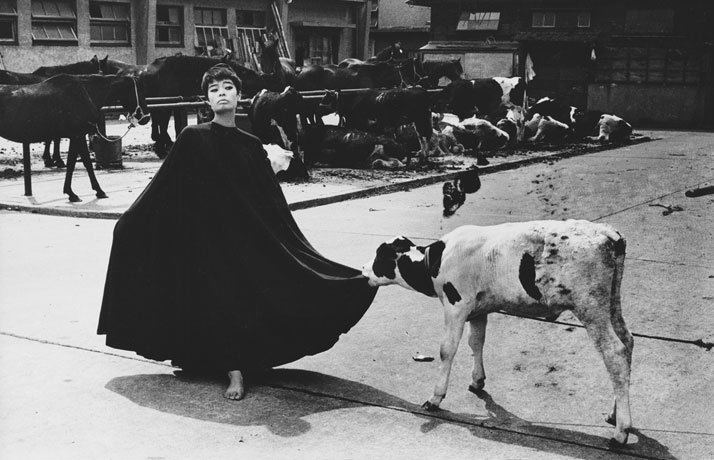
In 2010, a panel of five experts convened by the British Journal of Photography selected Karasu as the best photobook of 1986–2009.
1992 accident and Bukubuku
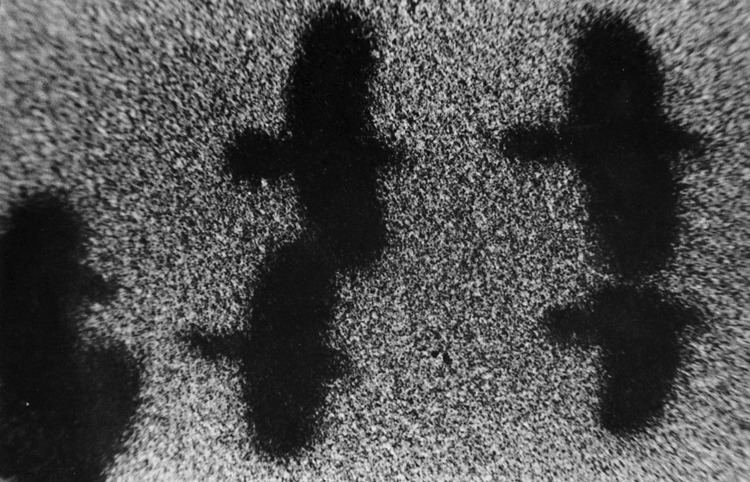
In 1992 Fukase suffered traumatic brain injury from a fall down the steep steps of his favourite bar in the "Golden Gai" area of Shinjuku, Tokyo, and this left him incapacitated. Earlier that year Miyako Ishiuchi had photographed Fukase nude for her book Chromosome XY (1995). Some of the images from that session were published in the magazine Brutus in January 1995. Ishiuchi has said that Fukase was almost alone among Japanese male photographers in agreeing to pose nude for her camera. In 2004 the Masahisa Fukase Trust edited and had published two photobooks Hysteric Twelve and Bukubuku, based on bodies of work Fukase had completed before his debilitating fall. The photographs contained in Bukubuku, made in a bathtub with an underwater camera, have come to be regarded as Fukase's last great work, a whimsical if somewhat morbid game of solitaire that charts new territory for the photographic self-portrait.
Death and after
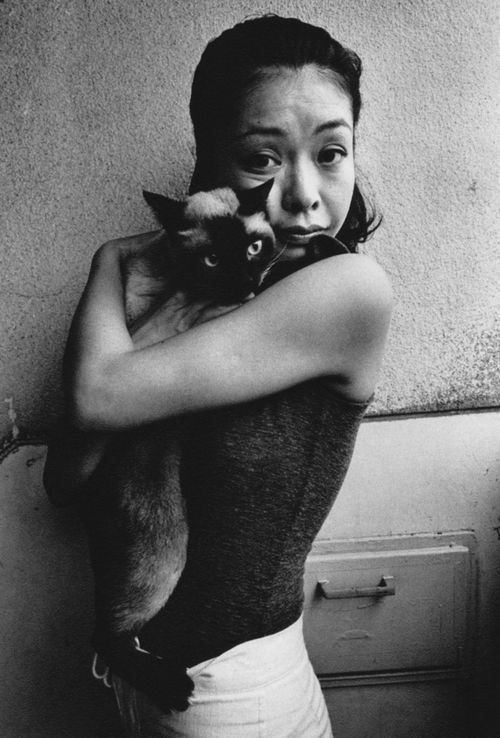
Fukase died on 9 June 2012. In 2015 two exhibitions designed to highlight some of his lesser-known work were co-ordinated by the Masahisa Fukase Archives. These were From Window which formed part of the Another Language: 8 Japanese Photographers exhibition at Rencontres d’Arles, France, and The Incurable Egoist at Diesel Art Gallery, Tokyo. Fukase’s complete set of 30 Bukubuku prints was exhibited for the first time since 1992 at the Tate Modern show Performing for the Camera in February 2016.
